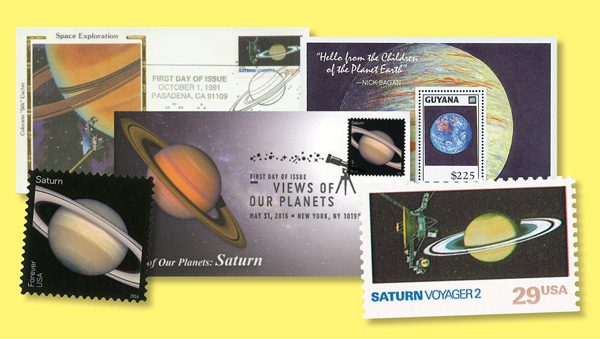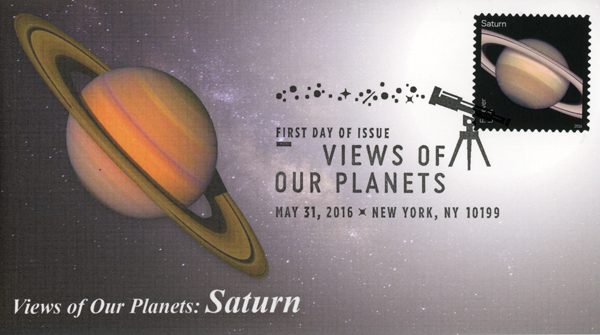Voyager I Approaches Saturn

On November 12, 1980, the Voyager I space probe made its closest approach to Saturn.
Voyager I was born out of a 1960s proposal to launch a “Grand Tour” to study the outer planets of our solar system. It was originally going to be part of the Mariner program, but as the design of the probe changed dramatically from that used in the Mariner missions, it was designated Voyager.

Voyager I’s launch was timed specifically to coincide with a rare phenomenon. Once every 176 years, Earth and the outer planets gather on one side of the sun. The launch occurred on September 5, 1977. The Voyager team also developed the gravity assist, which essentially sling-shot the spacecraft from planet to planet as it visited all four of the solar system’s giant gas planets. Interestingly, Voyager 2 was launched two weeks earlier, but Voyager 1 had a shorter trajectory and reached the outer planets sooner.

Voyager 1 made its closest approach to Jupiter on March 5, 1979, discovering three new moons and a previously undetected ring. Another unexpected discovery was that Jupiter’s moon Io had active volcanoes, the first seen on any other body in the solar system.
Following a successful gravity assist from Jupiter, Voyager 1 approached Saturn in November 1980, with its closest approach coming on November 12. On that day, the probe came within 77,000 miles of the ringed planet. Voyager 1’s cameras found complex structures in Saturn’s rings and its sensors studied the planet and its moon’s atmospheres. The probe also discovered that about seven percent of Saturn’s upper atmosphere is helium, while most of the rest is hydrogen.

Another significant part of the mission was a flyby of Saturn’s largest moon, Titan. While a thick haze prevented the probe from making significant visual observations, it was able to measure the atmosphere’s composition, temperature and pressure. The results led scientists to believe that Titan might have lakes of liquid hydrocarbons.
Voyager I continued to move through the solar system and then on February 14, 1990, took the first “Family Portrait” of the solar system from the outside. The portrait, taken about 3.7 billion miles from earth, is a mosaic of 60 individual frames picturing six planets and a partial background.

After that Voyager I continued on its journey, becoming the most distance spacecraft from Earth on February 17, 1998. As the probe continued on, it continued to study the solar system, namely solar winds until it reached the interstellar medium (the space between star systems) in 2012. While the probe can continue on in space for many more years, some of its instruments will begin to shutdown in the next few years, and by 2030 it won’t be able to power any of its instruments.

In the event the probe is ever discovered by another intelligent life form, Voyager’s team fitted it with a gold-plated audio disc with photos of the Earth and its life forms, scientific information, greetings from various leaders, “Sounds of Earth” such as whales and a crying baby, and music from Mozart, Chuck Berry, and other musicians from around the world.
Click here for photos and videos from both Voyager probes.
Click here to see what else happened on This Day in History.

I cannot read the list of these amazing accomplishments without being awed by the incredible increase in detailed knowledge about our other planets this one Voyager mission accomplished. By creative and thinking human beings! In the last few hundred years, we humans now have an entirely new understanding of the universe. All our ancestors for thousands of years could only speculate and create wonderful myths to try to explain what they saw when they looked up at the night sky. Awesome indeed.
Awesome! Incredible accomplishment. Carl Sagan was a remarkable person. Able to reach so many people sharing his passion for space. Relating the grandeur to everyone in terms that captivated and drew us all together. Thank you Mystic for “This Day in History” stamp.
Super!!! Thank you.
Silly, but Voyager reminds me of an episode of Star Trek, where they come across an ancient vessel, V GER.
The first Star Trek movie is based on Voyager.
Thank you Mystic for the always awesome’this day in history’ what a wonderful way to gain knowledge through stamp collecting.